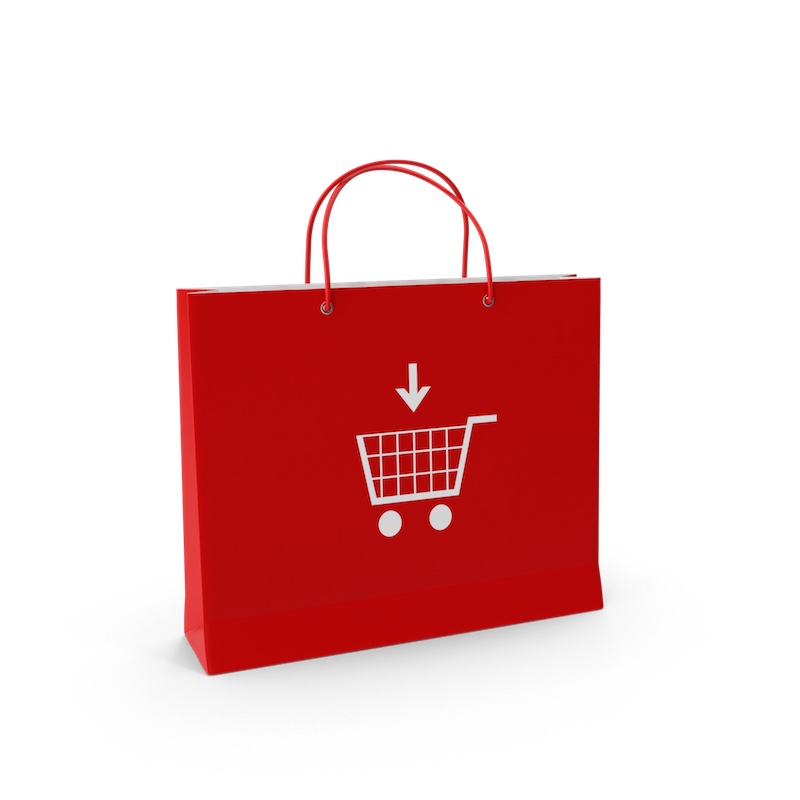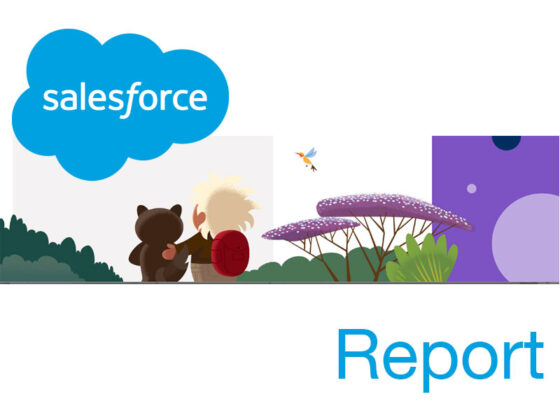Walmart, the retail giant combining Bricks, Clicks & Voice
Retail giant Walmart is not included in the FANGs or the GAFAs but is part of the THWAC — Target, HomeDepot, Walmart, Amazon, and Costco. Walmart is also the №1 employer in the US, ahead of Amazon, the e-commerce giant that is also in other businesses like cloud, delivery, entertainment, payments, smart home devices, and physical stores.
Retail giant Walmart is a native of the THWAC tribe that can actually stand respectfully next to the Bigtech Amazon and other large non-financials that are using Fintech technologies to grow ecosystems and transform digitally.
Walmart revenues were over half a trillion in 2018 and Amazon`s were less than half. Amazon, however, has had double-digit revenue growth over the past decade, ranging around 30%, whereas Walmart has been on the defensive with single-digit revenue growth (no more than 5%). [1]
The Walmart`s Smart transformation
Walmart serves its employees
Walmart invested $2.7 billion in retraining its employees in 2016–2017.
In late 2017 it offered its then 1.4 million employees and associates (people working part-time) a free financial wellness app. Even is an Oakland based Fintech with a budgeting easy to use solution (with saving, investing and borrowing capabilities). By the end of 2018, Walmart reported 2.3million employees (including associates). Recent reports show that over 300,000 Walmart employees use the Even app.
Even features, Instapay, that allows workers to qualify for an advance of up to 50% of their paycheck based on the hours you’ve already worked. Walmart subsidizes the use of these features, which is free to use a few times per year.
Walmart offers free financial wellness tools and protects its workers from the payday loan sharks.
Walmart continuously innovates in payments — the heart of any economy
Keep in mind that Walmart clients are mostly low-affluent people. The impact in their daily lives of low-cost payment options is larger than for the typical client of Amazon, who is in the mid-affluent range and higher.
Walmart started in 2015 with banking partnerships to offer all sorts of lower cost and convivence payment options. The WalmartPay was launched in 2015 and allowed shoppers to pay at the counter with a QR code.
Walmart has been fearlessly adding more payment options.
The Walmart prepaid card is reported to have resulted in $2 billion savings for Walmart customers over the past 2 years (details here). This prepaid card was launched in collaboration with Green Dot and Common Wealth.
Green Dot is the world`s largest prepaid card company by market capitalization ( NYSE: GDOT ).
Common Wealth is a Boston based company, designing and building fintech solutions that address challengers for financially vulnerable people and focus on consumer financial health.
The Walmart money transfer offerings are several and always through partnerships that enlarge Walmart`s customer base.
First was the Walmart2Walmart offering (W2W) that was launched as early as 2014 in partnership with RIA financial. In 4,000 Walmart physical stores, people with the Walmart app can transfer money (without a bank account) and the cash can be picked up by the recipient in any of the other participating stores. The cost is $4 to send up to $50, $8 to send between $51 and $1,000, and $16 to send between $1,001 and $2,500. Slightly lower than Western union, but real-time.
The next addition was sending money to the world via a collaboration with MoneyGram.Walmart2World offers pickup at any MoneyGram.
Through BlueBird2Walmart account holders of Bluebird — a US checking and debit alternative — can send money online for cash pickup at Walmart stores.
Last month, with Capital One, they launched credit cards with high cashback features.
The cobranded Capital One® Walmart Rewards Mastercard® and the private-label Walmart Rewards Card.
At the same time, Walmart has filed for a cryptocurrency patent, the Walmart coin to be used in its ecosystem. Most probably USD backed, with rewards and interest earning. [2]
Walmart continuously innovates in Ordering & Delivery
Walmart has increased its pickup service and reports show that they are ahead in this area compared to Target, Kroger, and Whole Foods.
WalMart`s service is free. It includes 2000 store location for pickup already (compared to 22 for Whole Foods) and plans to have over 3,000 stores by next year.
Consumer data shows that not only the average order is double the size for curbside pickup but this free service has brought new clients to WalMart that more affluent and include health, beauty and household items in their cart (50/50).

AMAZON, WALMART, & THE SECRET BATTLE FOR FINTECH SUPREMACY: PART II
Cowen`s research calls for a $35billion Curbside market, pretty soon.
“Curbside is a manifestation of Bricks-Meet-Clicks”
The opportunity seems to wide open still and Walmart is a leader. According to Offers.com’s Grocery Survey 2019, only 20% of Americans have used a grocery pickup service, and they are primarily located in the south (Texas, Florida, Arkansas…). Among those using grocery pickup, 39% opted for Walmart’s free service.
Walmart is also innovating in Voice-meets-Bricks market too.
Three years ago, in September 2016, Walmart bought Jet, an online retailer, for $3.3billion. Jet has been running independently but at the same time cocreating with Walmart innovative services.
For example in large cities with few or no Walmart stores, Jet has is positioned to serving these urban customers. In NY city, Jet offers a “city grocery experience”. Customer can choose 3h scheduled same-day or next-day delivery for groceries, daily essentials and other items. Shoppers can add customized delivery instructions.
Walmart has also partnered with Google and offers voice-activated shopping.
Just say ”Hey Google, talk to Walmart” and the Google Assistant adds the items directly to their Walmart Grocery cart.
[1] Amazon vs Walmart — Revenues and Profits Comparison 1999–2018
[2] https://www.coindesk.com/walmart-wants-to-patent-a-stablecoin-that-looks-a-lot-like-facebook-libra
[3] Excerpt from the Cowen report, quoted in the Forbes article Walmart Leads The Soon-To-Be $35 Billion Curbside Pickup Market



